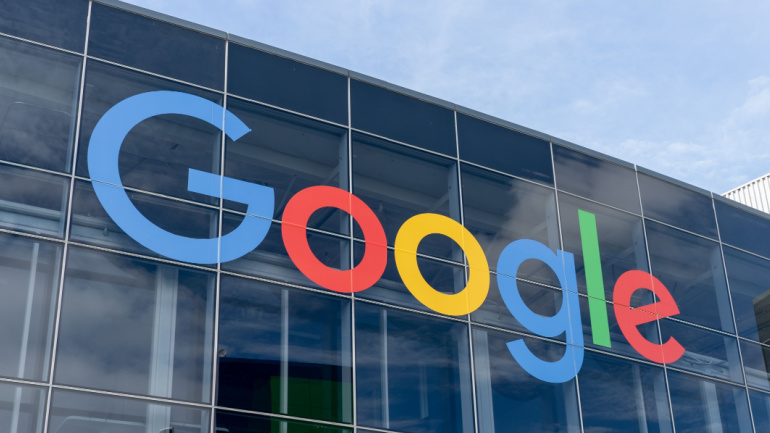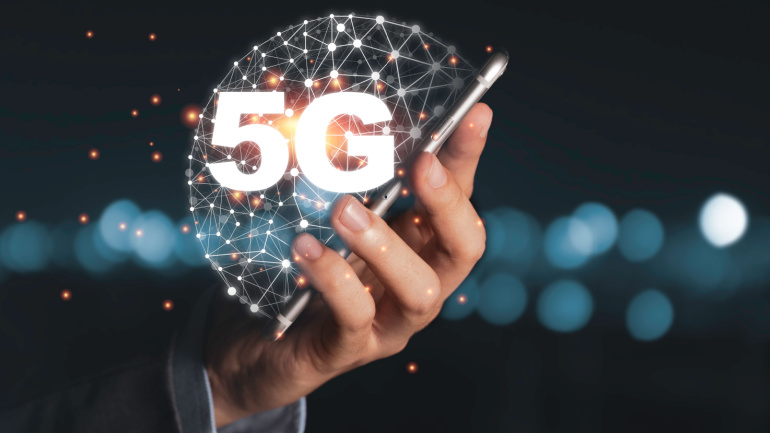Tech giant Google is set to pour $1 billion into the development of a new data centre in Waltham Cross, Hertfordshire, signaling a robust commitment to expanding its technical infrastructure in the United Kingdom.
Unearthing an alarming digital divide in the UK, researchers at Bionic discovered that 20% of adults lack basic online skills, and shockingly, half of the households do not have internet. In a critical look at digital inclusion in UK cities, Manchester stands out with an impressive 193 digital inclusion services, with Coventry and Bangor trailing behind. London, despite its size, did not break into the top 20 due to shortage of services relative to its population size.
Ofcom’s proposal to supply backup batteries for mobile sites to improve network resilience has brought forth divergent viewpoints. Vodafone – a prominent voice in the debate – highlights operational complexities and massive costs associated with the backup plan, stressing that mobile operators should not carry the full financial burden.
CITIC Telecom CPC and INSYS icom are joining forces to extend reach into Asian markets, providing dependable private Ethernet for Industrial Internet of Things devices. Aiding this collaboration is CITIC Telecom CPC’s SmartCLOUD™ platform, ensuring secure, local IIoT data control. With its digitalization expertise, INSYS icom aims to simplify global IIoT infrastructure deployment, overcoming complex business and regulatory challenges.
Three UK has partnered with Attensi to gamify staff training, transforming conventional methods into engaging digital simulations. This modern learning approach endorses the network’s commitment to superior customer service, strengthening their core values while enhancing worker competencies.
DIDWW, a global telecom operator providing premium quality two-way SIP trunking and SMS services, has recently integrated with Pabbly, a leading web-based automation platform. Through this collaboration, customers can leverage DIDWW Voice and SMS services to efficiently streamline their workflows by seamlessly connecting with various business and productivity applications.
In a strategic move that could redefine the trajectory of Vodafone’s future, the telecom giant has entered into a comprehensive 10-year partnership with Microsoft. Covering all Vodafone markets in Europe and Africa, this collaboration aims to reach a staggering 300 million people.
Indian telecom giant, Jio Platforms, stands out among potential buyers for a majority stake in Sri Lanka Telecom PLC. It reveals Sri Lanka’s approach to address drastic economic conditions with state-owned enterprises’ privatization.
In an era dominated by digital communication, businesses are increasingly adopting Voice over Internet Protocol (VoIP) for cost-effective and long-distance charge-free communication. However, amid the benefits lies a critical factor: E911. This article delves into what E911 is, its operation in VoIP, compliance necessities, and the life-saving advantages it offers. It emphasizes the legal obligations, benefits like accurate location data, and the necessity for regular testing to ensure compliance. Ultimately, E911 in VoIP is not just a regulatory checkbox but a crucial service that underscores a provider’s commitment to public safety.
A Malaysian government-backed task force convenes today, in light of the impending launch of a second 5G network. With the first network boasting over 80% connectivity coverage, anticipation thrives. In an unexpected twist, the government took control after declining a traditional 5G spectrum auction. Initial resistance from local mobile operators eventually sheared, replacing defiance with a collaborative investment. The ensuing 5G network, however, aims to break this monopoly, fostering competition.













